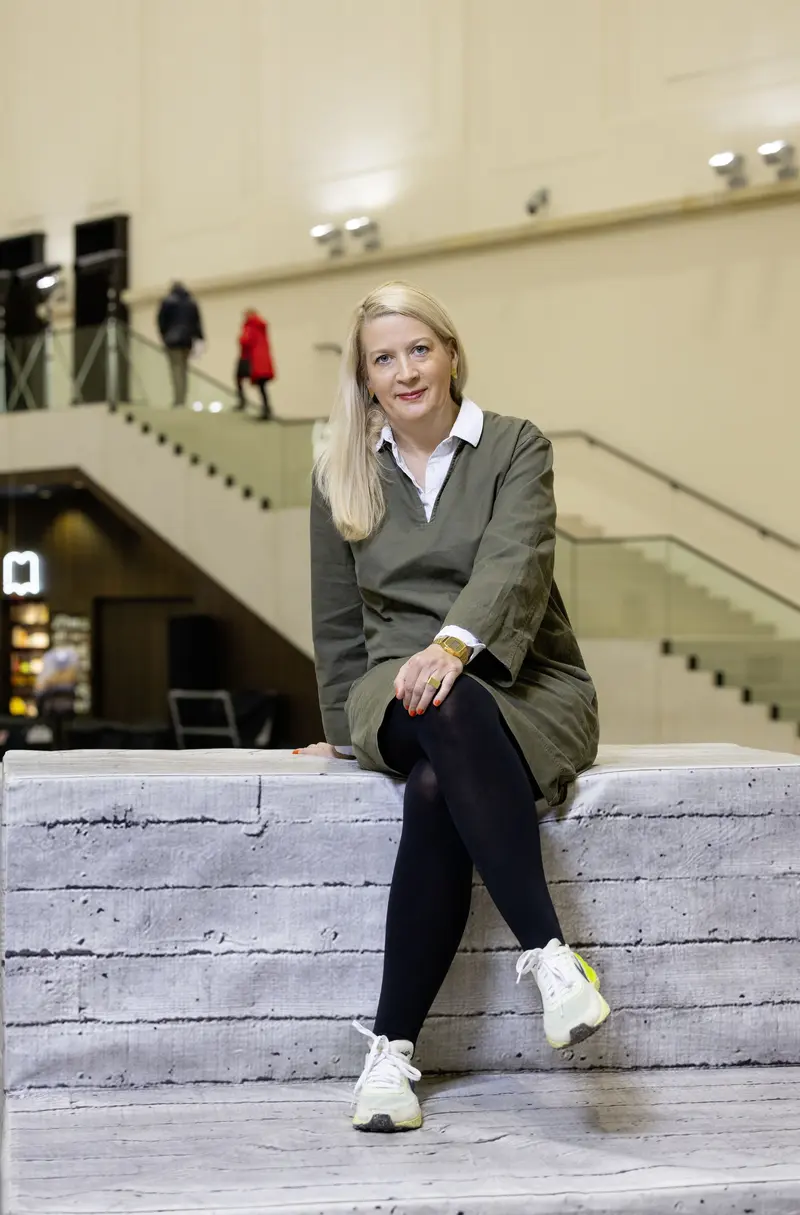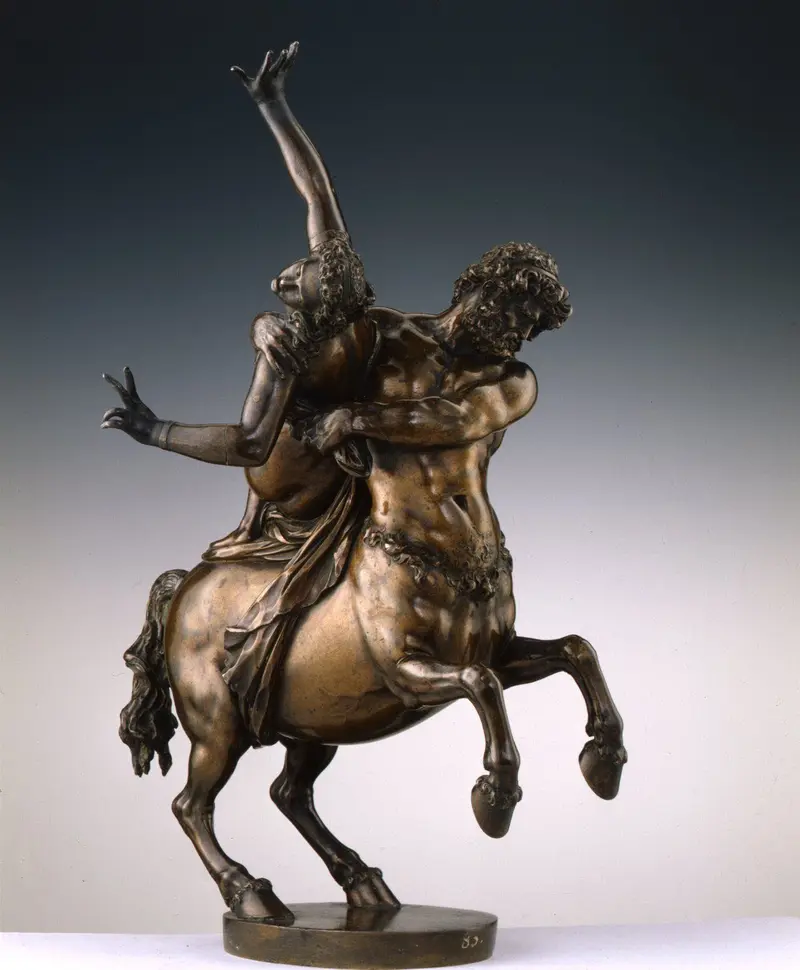Foto
Whether calm and modest or wildly moving, large or small, serious or cheerful, sublime or narrative: the sculptures from Antiquity, Renaissance and Baroque in the Semper Gallery at the Zwinger are definitely worth seeing.
Whether calm and modest or wildly moving, large or small, serious or cheerful, sublime or narrative: the sculptures from Antiquity, Renaissance and Baroque in the Semper Gallery at the Zwinger are definitely worth seeing.

The 21st-century visitor encounters a broad intellectual universe in which the various stylistic periods are presented in unusual proximity, so that they are experienced in a new and different way.

The roots of the Skulpturensammlung go back to 1560, when the Dresden Kunstkammer was founded by the Electors. Not only did they collect items themselves, they also received precious gifts from other European royal houses. Under August the Strong, the collection underwent significant expansion, as he not only acquired hundreds of antique sculptures in Rome, but also sent his agents to Paris and Venice to purchase contemporary creations. Some of the works were displayed in the palace in the Great Garden and, from 1786, in the Japanisches Palais.
The Skulpturensammlung experienced perhaps its most glorious period under its director Georg Treu, who had the former armoury converted: in 1889, the sculpture collection moved into the building, which was now called the Albertinum. Through systematic collecting, it was to become a museum showcasing the development of sculpture from antiquity to the present day, which is why numerous plaster casts of famous works were also acquired.
In fact, the Dresden Skulpturensammlung was the first German museum to acquire a work by Auguste Rodin. Georg Treu, directing the museum from 1882 to 1915, was in close contact with Rodin and purchased his bronze Mask of the Man with the Broken Nose directly from the French artist’s studio in 1894. Other works by Rodin soon followed, such as The Thinker, and in 1926, Edgar Degas's Little Fourteen-Year-Old Dancer

Despite the Albertinum’s partial destruction in February 1945, all holdings with the exception of the large plaster casts survived the Second World War without serious damage. Nearly all original pieces were taken to the Soviet Union, returning to Dresden only in 1958. Following the renovation and conversion of the Albertinum in the wake of the Elbe floods, the Skulpturensammlung from 1800 and the Galerie Neue Meister now present themselves as a joint museum of art from the Romantic period to the present day.
The antiquities are exhibited in the light-flooded east hall of the Semper Building, while the Renaissance and Baroque works are presented in the sculpture gallery and gallery rooms. The collection of casts by Anton Raphael Mengs, acquired in 1782, can be seen on the ground floor of the German Pavilion, while the approximately 4,500 plaster casts from the 19th and early 20th centuries are kept in storage but are regularly displayed in special exhibitions. The medieval works can be admired in the Schlossberg Museum in Chemnitz, where they unfold their special effect in the atmospheric rooms of a former Benedictine monastery.
